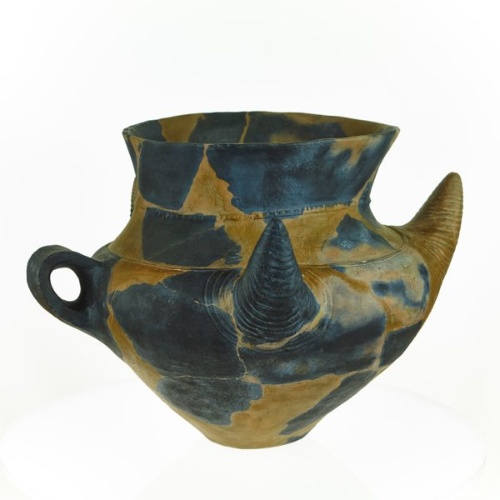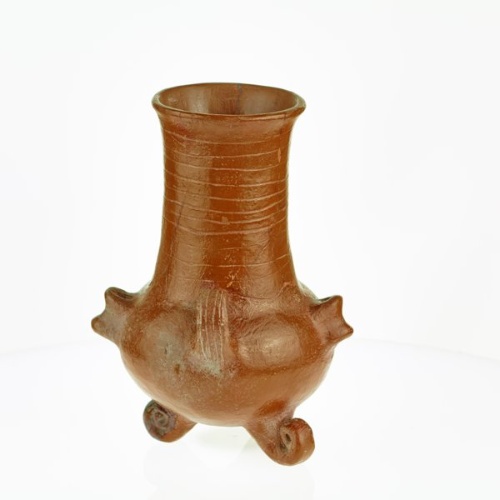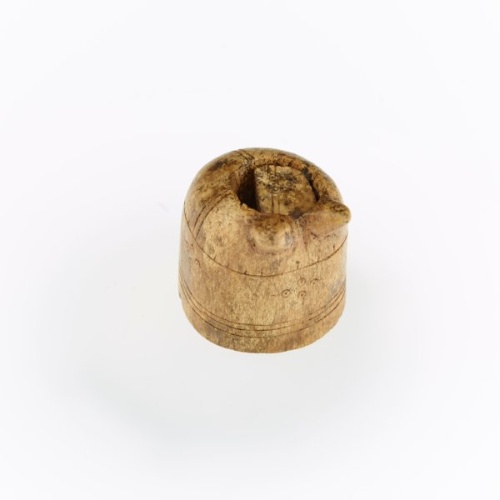Slavic clans lived in family communities in villages on the basis of religious beliefs, often next to a refuge fort. Class distinctions arose between simple members and princely chiefs. Locally available resources such as arable crops, forest fruits, game, fish and farm animals provided food and clothing. The dead were buried in inhumation graves together with grave furniture. Games that could also be imported were handed down. They are testament to strategic thinking and basic mathematical knowledge. Toys were also made for children.
Way of life up to 1200
On the timeline through this topic
Choose time period:
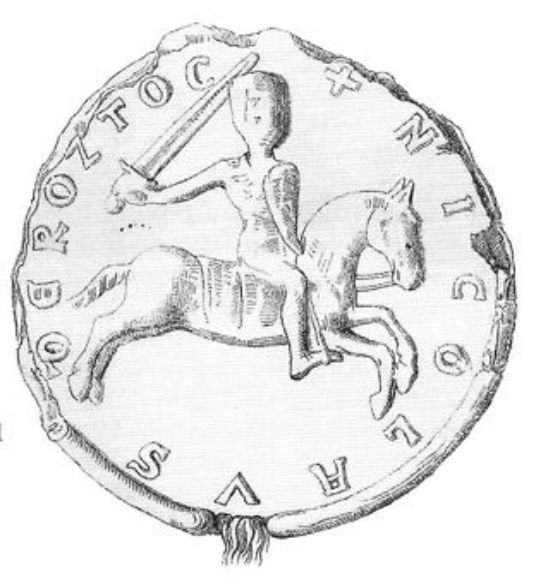
1186
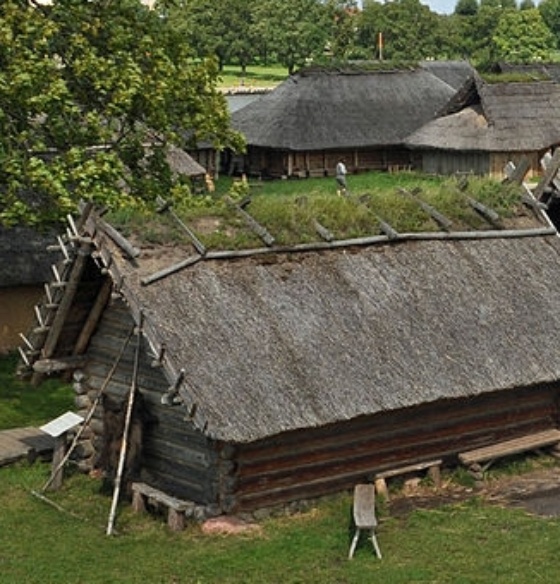
Slavic clans lived in family communities in villages on the basis of religious beliefs, often next to a refuge fort. Temple complexes are used to worship the assorted gods. Class distinctions arose between simple members and princely chiefs. Locally available resources such as arable crops, forest fruits, game, fish and farm animals provided food and clothing. The dead were buried in inhumation graves together with grave furniture. Games that could also be imported were handed down. They are testament to strategic thinking and basic mathematical knowledge. Toys were also made for children.

